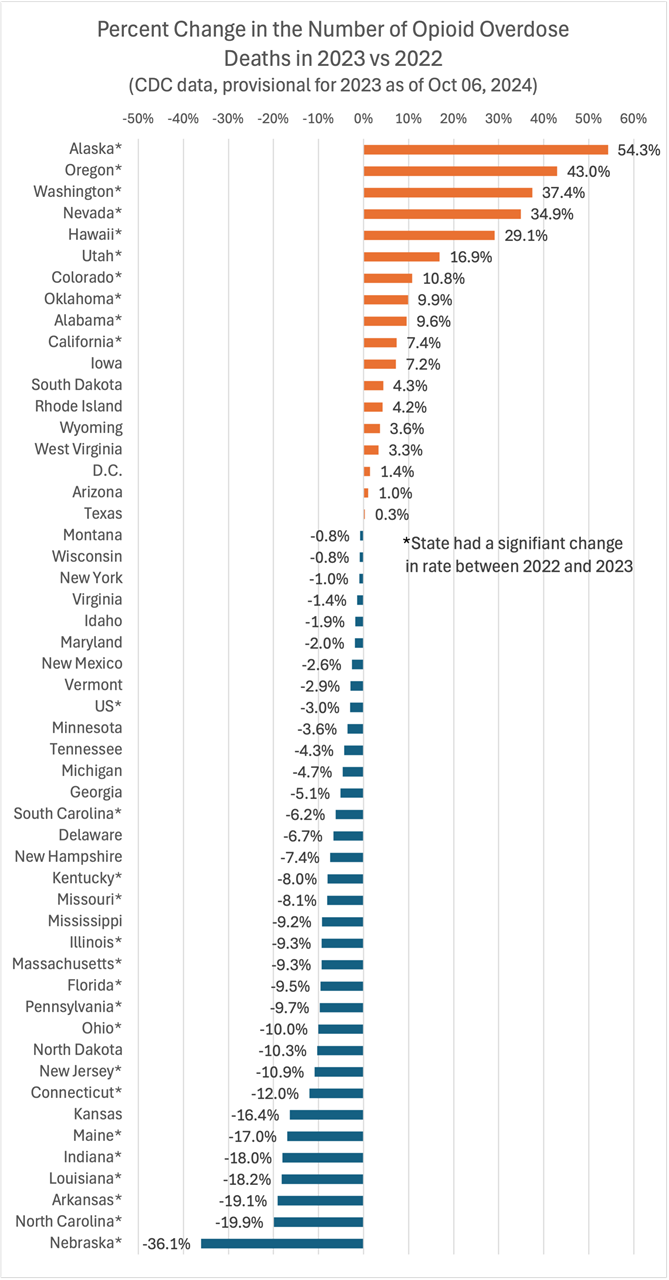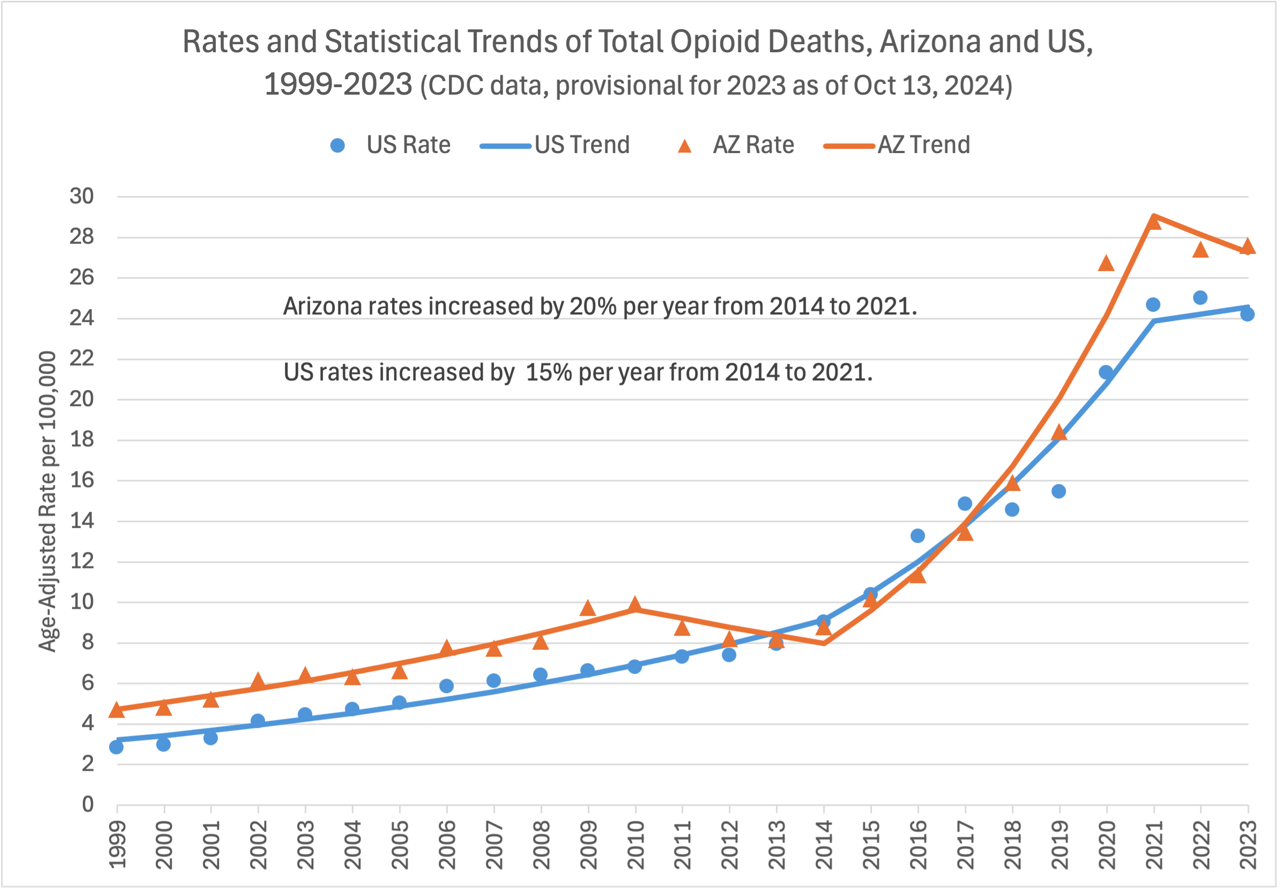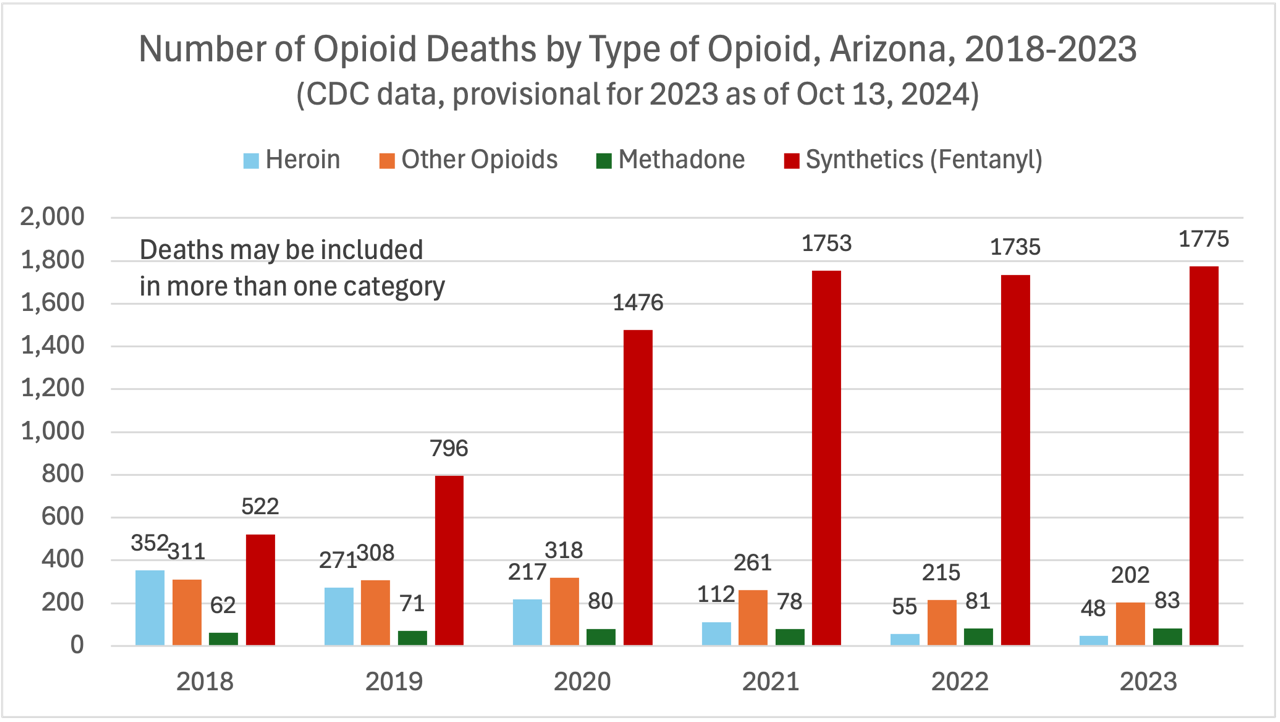The election is well underway, as you’ve no doubt noticed. The campaign messages are unavoidable, filling our mailboxes and commercial breaks. And don’t get me started on the spam texts …
One surprise, however, has been the relatively light candidate focus on an issue that will affect every single one of us sooner or later: health care.
Past elections were dominated by talk of Medicare, the Affordable Care Act and other health programs. This cycle … not so much. It’s all the more baffling in light of the COVID-19 pandemic – which revealed system-wide inequities in terms of health care availability, and continues to sicken and kill far too many Americans.
Consider, also, that health care remains top of mind among voters. A Pew survey this year found that health care affordability is the 3rd biggest concern overall.
In fact, issues related to health care affordability make up five of the top six concerns cited by voters over the age of 50, according to a 2024 survey by the University of Michigan Institute for Healthcare Policy & Innovation.
I mention all of this because, though candidate and campaign priorities may change, our focus as the Arizona Public Health Association remains consistent. For nearly 100 years, APHA has been committed to health care access and affordability, infectious disease, reproductive health, nutrition and the environment.
Availability of quality health care remains the cornerstone of everything we do – whether government-led Medicaid and Medicare, a robust private insurance marketplace or the successful public-private model of Medicare Advantage, where 33 million Americans and a majority of Arizona seniors receive their care.
Program innovations like care coordination and telehealth should be protected, because they expand access to care in underserved communities and help older Arizonans maintain their health and independence.
Arizonans deserve to hear from candidates about what they intend to do to promote quality health care for everyone in our state.
Thank you for being a member of AZPHA and the work we do – today and long after this election has passed – to advocate for public health and hold elected officials accountable.









